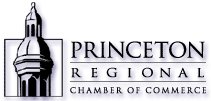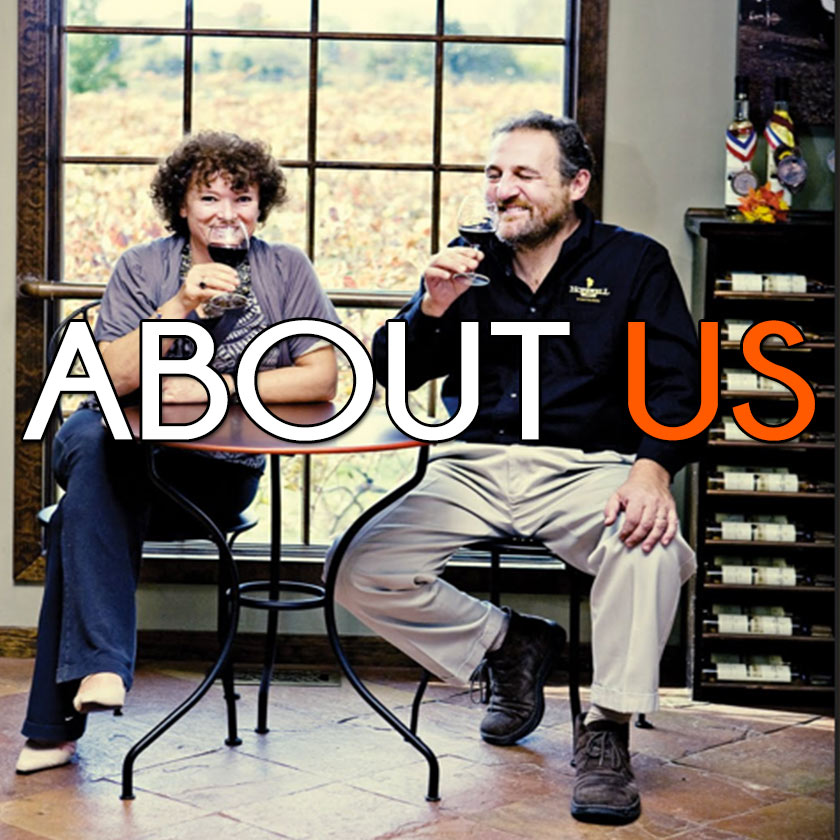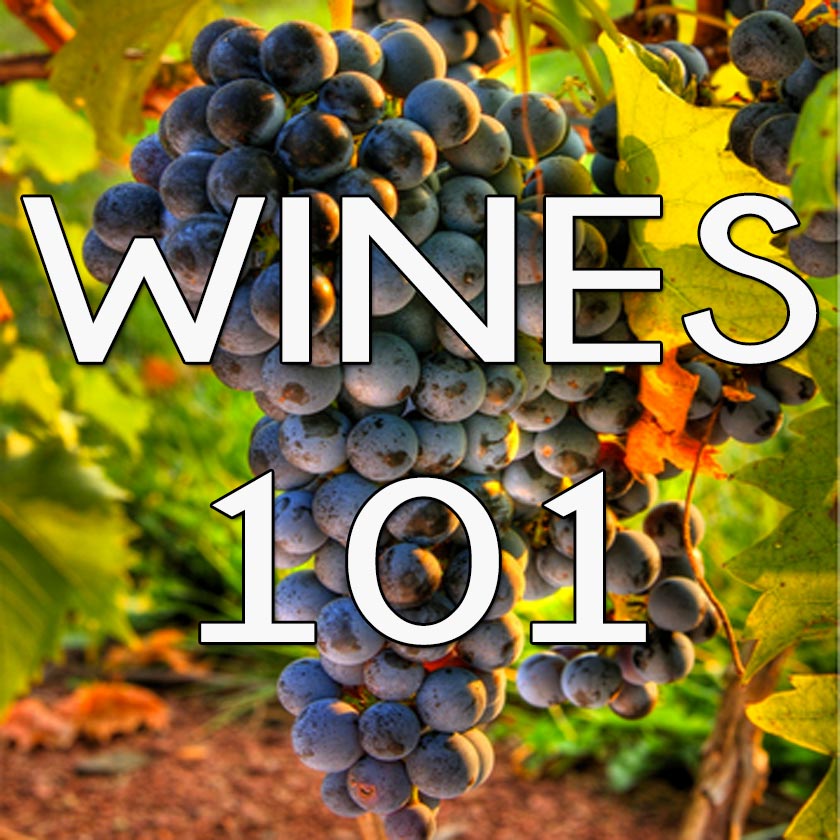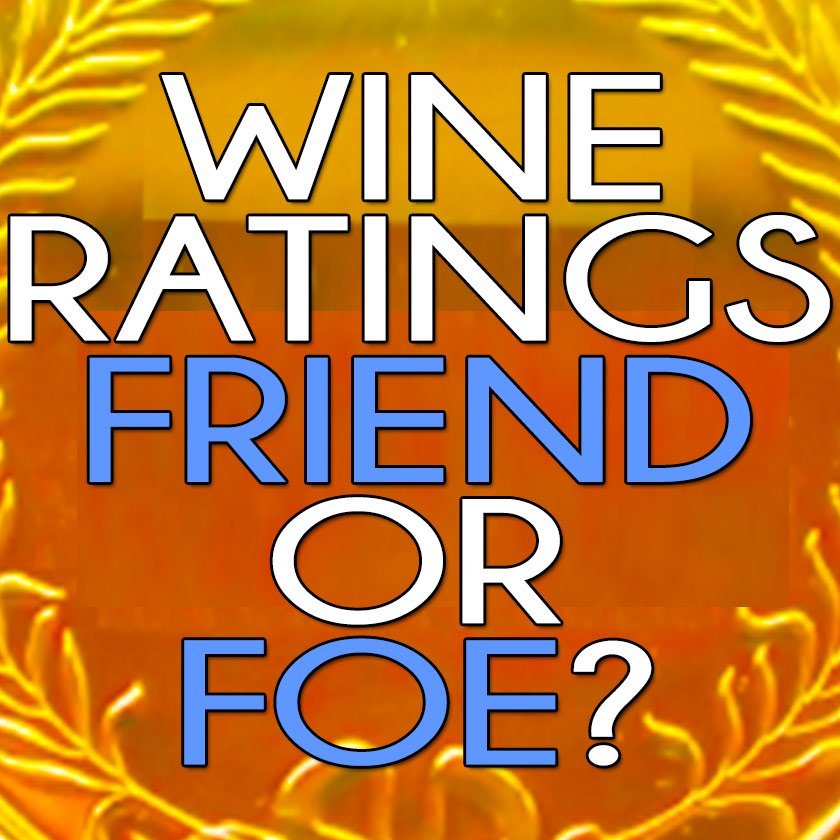Does sweet red wine require added sugar?
High quality sweet red wine is made without enhancing its natural sweetness with additional sugar.
But first, let's consider how sugar plays a crucial role in all forms of wine making:
The fermentation process is fueled by the natural sugar content of the grape skins, juice, and must. Without high sugar content, there cannot be high alcohol content, because the fermentation process would have been cut short (in other words, the alcohol-producing yeast runs out of its food supply).
To side step this natural limitation in wine, that varies from grape to grape, there is a process of adding sugar to wine to augment its alcohol levels...
It's called chaptalization, but also widely known as wine enrichment.
However, this process is designed to feed the yeast, prolong fermentation, and thus maximize alcohol content beyond what a specific grape's sugar content is capable of yielding...NOT to simply dump extra sugar to make sweet wine even sweeter.
Why do winemakers like to make wines with high alcohol contents? Because they're thicker-bodied, more complex, and more complimentary to the wine's inherent characteristics and aromas.
But this is a balancing act, to be sure.
There are calculations involved in using the chaptalization method, such as how much sugar content does the original wine must contain without additional sugars, what is the conversion rate of sugar to alcohol for a specific strain of yeast (so, how aggressive is the yeast) and other various factors.
Sometimes by using the chaptalization process without a calculated manner, you can 'overdose' your wine, making an already sweet wine sweeter than you'd like.
There are some legal restrictions to the enrichment method. Some countries, like Italy, Greece, and Portugal, don't allow it at all. Other countries, like the United States, do, but with well-defined limits.
But chaptalization aside, a wine maker is capable of producing sweet
red wine from the sugar content of the grapes used. This is how Hopewell
Valley Vineyards produces all its sweet wines.
For example, Hopewell
Valley Vineyards has a late harvest Vidal Blanc, which is sweeter due to
the delayed harvesting of the vidal grapes - which intensely increases
the fruit's fructose content. Even though Vidal Blanc is a white wine, the same types of methods can be used to make sweet red wine.
And just for the record - Hopewell Valley Vineyards does NOT endorse or use the chaptalization method, in any form! We're a bit more traditionalist than that! :-)

Melina (that's me) is the creator & catalyst behind this website, and answers wine questions through research, ongoing conversation with Sergio, and personal experience living and working at Hopewell Valley Vineyards.
* * * * * * *
| New Jersey Wineries › Wine FAQs › Does sweet wine contain added sugar? |
Have A Great Story About This Topic?
Do you have a great story about this? You can share it here without needing a Facebook account! You can even upload pictures!
What's New?
-
Dr
Dec 04, 14 04:30 PM
When France lost Algeria in 1960, a great worry of winemakers wad what are we going to do now? French wines from many regions WERE B,ENDED WITH MUCH STRONGER -
How to make port wine - and history!
Dec 04, 14 03:26 PM
How to make port wine - delicious, heart-warming, the perfect gift -
Wine accessory shopping for the holidays
Nov 01, 14 04:25 PM
Wine accessory shopping for the holidays






























New! Comments
Have your say about what you just read! Leave me a comment in the box below.